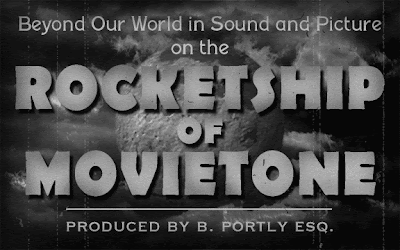Warlord #117 (May 1987)
Written by Michael Fleisher; Art by Ron Randall
Synopsis: As Shamballah celebrates the end to the aging plague caused by Muldahara’s magic, Queen Tara is still troubled by traumatic dreams of the mental tortures she suffered at Desaad’s hands. She’s got to find away to get over her fears. She heads out of the palace without telling Morgan where she’s going, reminding him in passing of all the times he’s done it to her.
Meanwhile, Machiste confronts Mariah. He wants to know who she ran out on him for. She resists telling him, but ultimately the truth comes out: It was Morgan.
Tara rides out toward the only place she can truly face her demons: Desaad’s citadel (actually, it’s unclear in the story that that’s where she’s heading, but it’s the only thing that makes sense). Crossing a desert landscape, she attracts the attention of a group of bandits. Though she’s deadly with her bow, she’s outnumbered. The only place close enough for refuge--the citadel, of course.
A world away on Dinosaur Island, Redmond has found a cave that he believes may provide an entry point to Skartaris. He’s still convinced that Morgan went over to the Russians at some point. Even though Morgan has spent most of the last decade in a sword & sorcery fantasyland, and he couldn't have given the Soviets any information recent or useful, Redmond’s going to get his man. He immediately runs into trouble:
Tara makes it to Desaad’s Citadel. She plans to hide inside, luring the bandits in after her, then take them out one at the time Die Hard style. The former Vathek assassin, Y’Smalla hides in the citadel, planning to watch events unfold on the monitors but not interfere.
Tara manages to separate off some of the bandits and kill them, but there still too many, and she’s on the run. Cornered in a room, she accidentally triggers some of the illusion creating machinery. The bandit is disoriented, making him easy pickings. She begins luring the men into rooms and using the illusions to her advantage. The last bandit has gotten wise to the trick, though and doesn't fall for the illusion. Tara puts on Desaad’s helmet that allows the experiencing of the subjects emotions--and the exploitation of their greatest fears.
As she causes the bandit believe he's being squeezed to death by eel-things, she gets a jolt of the sadistic pleasure Desaad experiences.
She finally is able to stop, but the man is dead, and killed in a horrible way by her hand.
Meanwhile, the mysterious blonde stranger is trying to book passage to new Atlantis. The captain wants to head south instead of north. When a cargo net full of crates threatens to crush his daughter and the stranger saves her with a speed one might call faster than a speeding bullet...
...he relents and agrees to take the woman where she wants to go.
Things to Notice:
- Despite wearing her old outfit on the cover, Tara (just like everybody else) sports her new outfit in the story.
- On the subject of new outfits, Mariah's eye makeup has gone totally 80s and combined with her new headband, she looks like a member of Jem and the Holograms.
Where it Comes From:
This issue continues to deal with the dangling plot threads of the "Morgan's Quest" storyline. The new costumes tend to abandon some of the 70s-ism--and some of the fur. They didn't make the lasting impression Grell's outfits did, though.
This issue continues to deal with the dangling plot threads of the "Morgan's Quest" storyline. The new costumes tend to abandon some of the 70s-ism--and some of the fur. They didn't make the lasting impression Grell's outfits did, though.



























